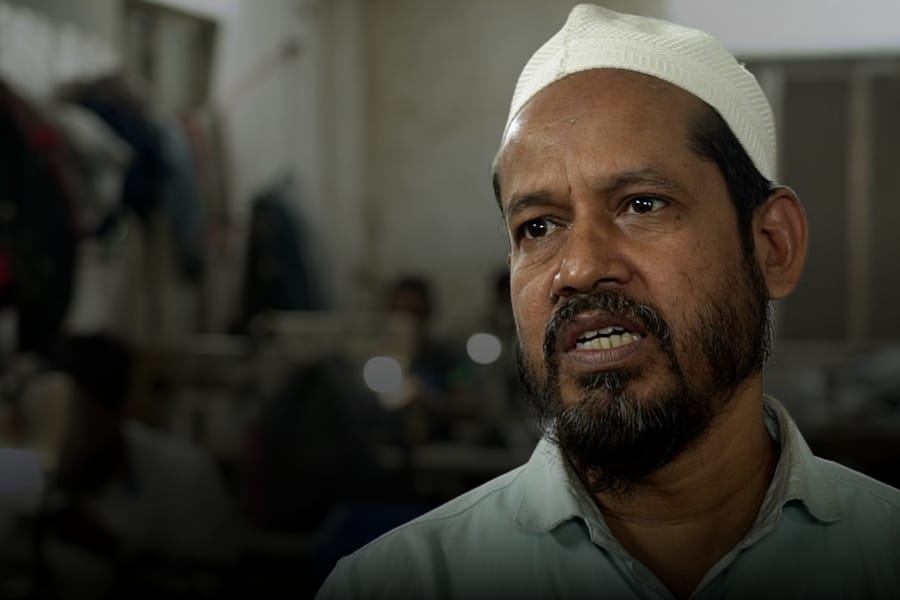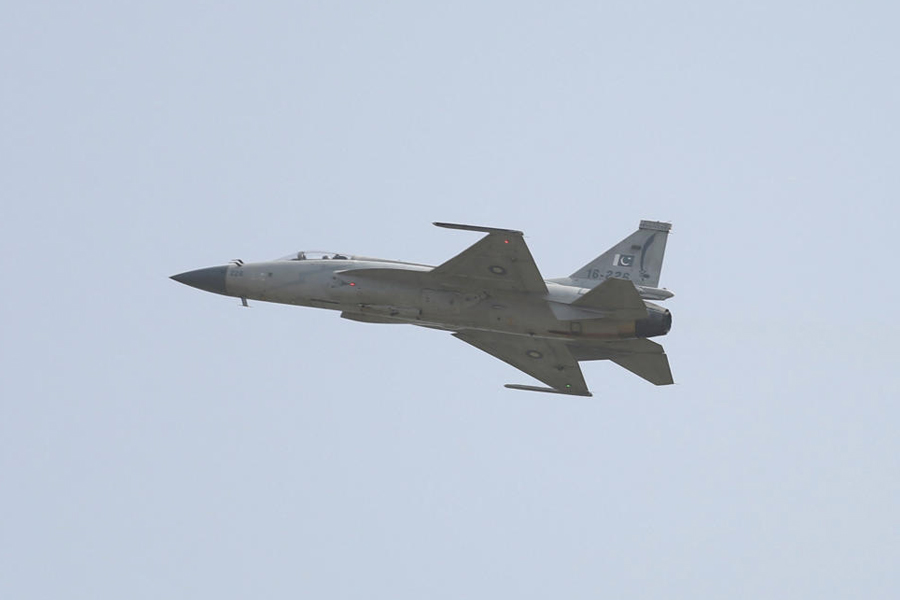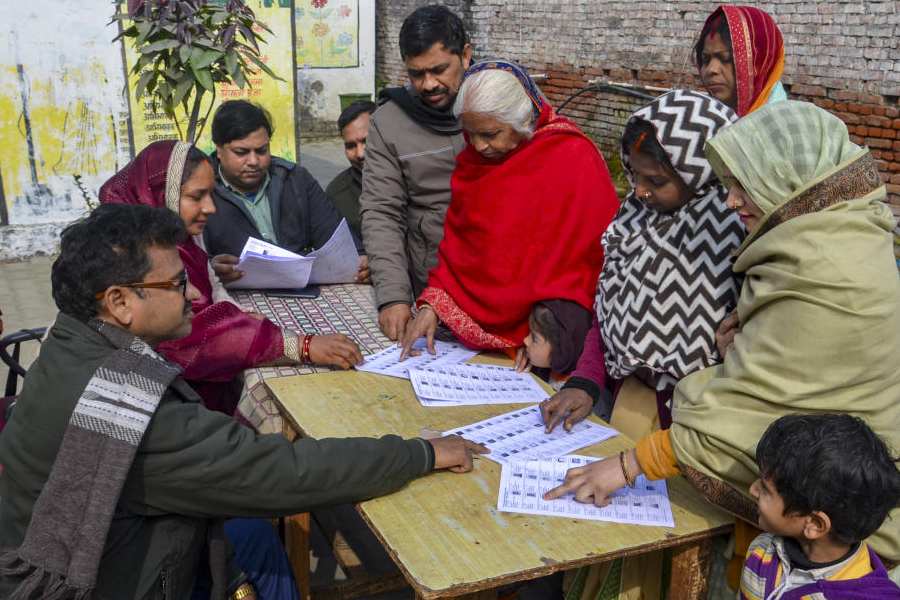 |
| CRPF jawans patrol in Dantewada |
New Delhi, April 13: The Chhattisgarh government has permitted the army to use 54,543 hectares in a Maoist hotbed for a training unit, a move in which it could showcase its military might before the rebels without coming under the scanner for “deploying” or “using” the defence force against them.
The land (around 1.34 lakh acres) in Narayanpur district, which is close to Bastar district, is to be used to set up a “manoeuvre range” for counter-insurgency drills.
A infantry brigade — which would have around 2,500 soldiers with supporting units of engineering, supply and signals — will arrive for the “manoeuvres” before the monsoon sets in.
However, even as it moves ahead with the plan, the state’s BJP government does not itself have full control over the land, large tracts of which fall on the fringes of the Abujhmarh region controlled by Maoists.
There may even be an exhibition of air power over the thickly forested hilly area with the army’s choppers hovering around and airfields built for them to land.
In Bilaspur, also in Chhattisgarh, sources said the Centre-run Airports Authority of India had transferred more than 350 acres at the local airport to the defence ministry for possible use by the Indian Air Force (IAF). Sources said there were plans to station an IAF Hercules plane, used to transport troops and material, at Bilaspur.
At present, the IAF is engaged in rescue and evacuation during anti-rebel operations led by the police and the central paramilitary forces such as the CRPF. The army is involved in training the central forces.
For the army, a manoeuvre range is usually used for drills either within the confines of a counter-insurgency unit or a jungle warfare school. Such a range on international borders involves the infantry or armoured troops. In Narayanpur, however, it would be about counter-insurgency exercises in the jungles and, perhaps, even amid villages. It will involve troop movements, cutting off enemy lines and rescue and evacuation procedures in difficult terrain.
A senior Chhattisgarh government official suggested he saw no major hurdles in the way of the plan. “We are foreseeing some trouble from the pro-Maoist civil society groups but nothing much. In any case, the government has not transferred the land to the army (but only permitted its use),” the official said over the phone.
The state government, though, is treading cautiously. It has, for instance, put three conditions before the armed forces, all of them relating to environmental and human concerns. The ministry of defence has been told that no trees should be felled, nor should people be evicted from the area. Also, no permanent structures should be built.
Officials in the ministries of defence and home affairs feel the conditions are a bit restrictive but hope the issue may be “sorted out” soon.
The decision to allow the army to use the land comes less than a year after a key Delhi meeting where the Centre had ruled out the use of the army against Maoists. The cabinet committee on security huddle on June 18, 2010, had struck down a proposal to deploy two battalions of the army’s Rashtriya Rifles in rebel-hit Chhattisgarh and Jharkhand.
However, the same meeting had put the seal on a plan to ensure the “presence” of the army in the Naxalite-affected central India, including Chhattisgarh, by setting up a Chhattisgarh-Orissa Sub-Area (Cosa) command. “A brigadier has been deputed here in Raipur to do the work (for the sub-area),” a source said.











